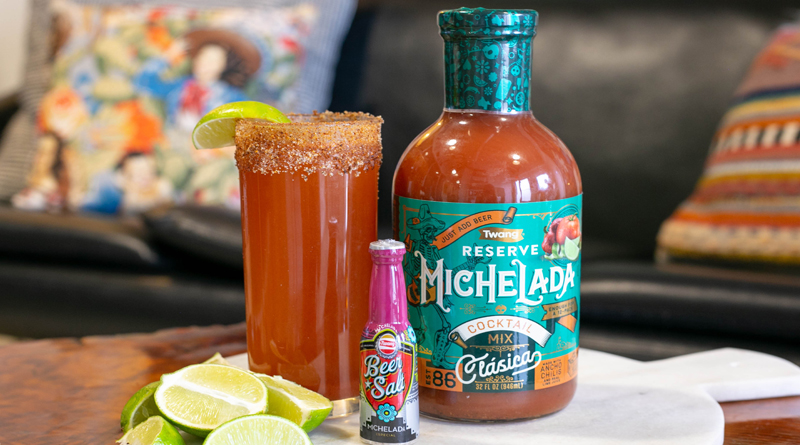Citrus fiber –a byproduct of the juicing process– has properties that make it an appealing alternative to methyl cellulose (in combination with agar, native starch, and psyllium) as a binder in plant-based meat products for brands looking for a more consumer-friendly label declaration, says Fiberstar.
Used by high-profile brands including Beyond Meat, Impossible Foods, and Nestlé’s new Awesome Burger, methyl cellulose is created from cellulose (a natural substance found in plant cells) through heating with a caustic (alkali) solution and treatment with methyl chloride.
The end product is a white odorless powder with attractive gelling and emulsifying capabilities that is soluble in cold water, forms a gel at higher temperatures and holds plant-based meat products such as burgers together as they cook, as well as boosting succulence and juiciness. (The gel is ‘thermo-reversible,’ meaning that when it cools down, it returns to a viscous solution.)
However, it’s not something consumers have in their kitchen cupboards at home and is sometimes cited as evidence of the ‘highly processed’ nature of some plant-based meat products.
Fiberstar fielding ‘numerous requests’ for clean label alternative to methyl cellulose
While none of the major retailers or foodservice brands – including Whole Foods and Panera – feature methyl cellulose on their ‘unacceptable ingredients’ lists, Fiberstar says it has received “numerous requests from plant-based meat manufacturers for a clean label technology replacing methyl cellulose.”
Fiberstar’s Citri-Fi citrus fiber is widely used to replace ingredients from phosphates and carrageenan, to titanium dioxide and mono- and di-glycerides, and can be labeled as citrus fiber, dried citrus pulp, or citrus flour.
In combination with agar, native starch, and psyllium, Citri-Fi “creates a texture that simulates real animal meat and produces a burst of juiciness and sizzle during cooking,” said the firm.
“Having a stabilized gel emulsion with moisture control properties is critical for a meat-like texture and juiciness. Formulators heavily rely upon methyl cellulose to provide functional benefits that make plant-based meats convincing. However, there is now a cost-competitive clean label solution that contains Citri-Fi.
“This allows products like burger patties to be cooked at a high temperature without falling apart. During the cooking process, water and fat release to simulate the texture and create a burst of juiciness and sizzle which is convincing to quasi-carnivores.”
No single 1:1 clean label replacement for methyl cellulose
Asked whether replacing one ingredient with four (albeit cleaner label) ingredients was appealing to formulators, VP of marketing Jennifer Stephens told FoodNavigator-USA: “There is no single clean label ingredient that can replace methyl cellulose in meat alternative applications on the market right now. Methyl cellulose is very unique since it provides thermal gelling.
“Our replacement solution is Citri-Fi in combination with three other clean label hydrocolloids. Citri-Fi plus a gelling agent forms an emulsion while the other two hydrocolloids provide cold and warm binding strength. As a result, this prevents the patty from falling apart but allows some water and oil to release during the cooking process to give that sizzle.
“The other benefit is that this system allows formulators to reduce the amount of saturated plant-based fats like palm oil or coconut oil used to improve the nutritional declaration. Manufacturers are requesting these key critical success factors. “
Asked about ease of use, she said: “This is not a 1:1 replacement system. The usage level of the three ingredients depends on the meat alternative formulation. We are working with each customer individually to dial in the correct usage level.”
Asked about cost in use, she said: “Currently, we are cost competitive with methyl cellulose when evaluating cost-in-use and the value of clean label.”
Source: Food Navigator










